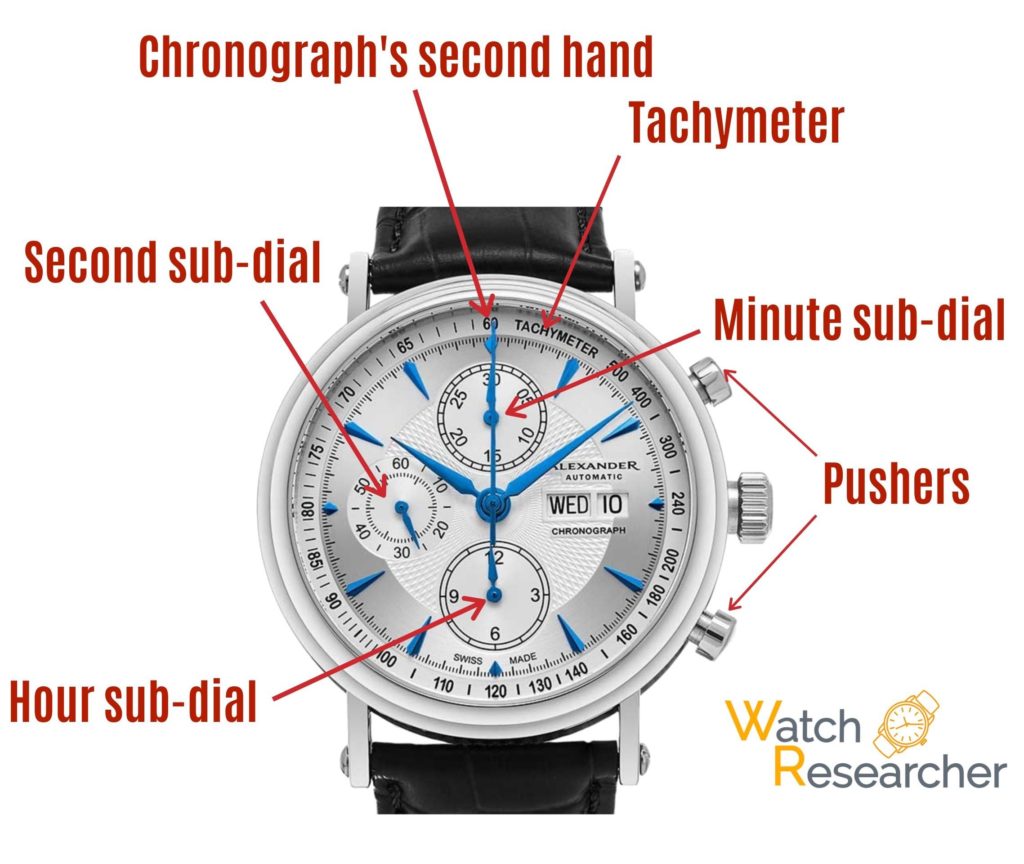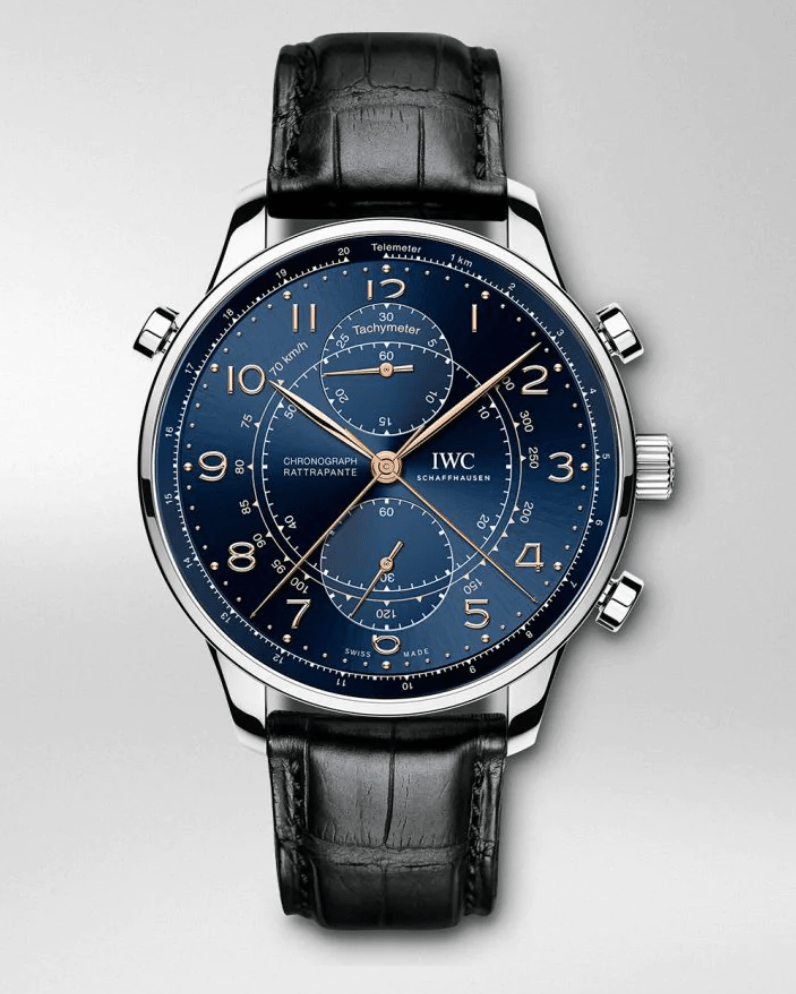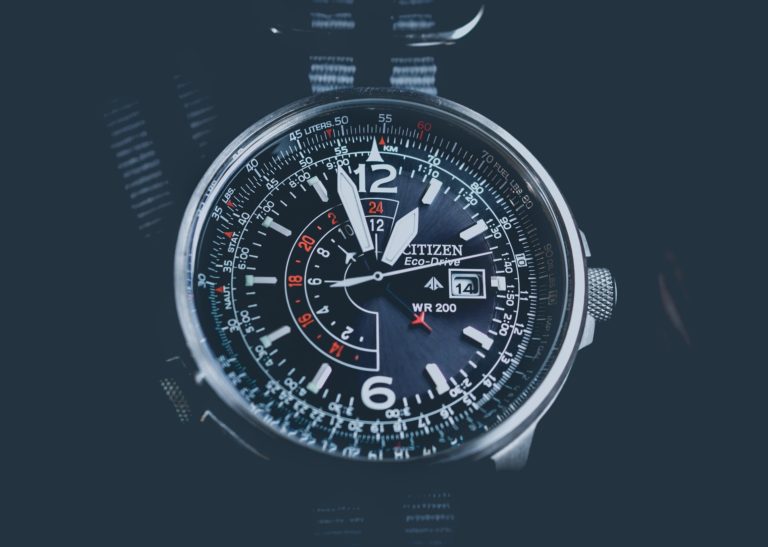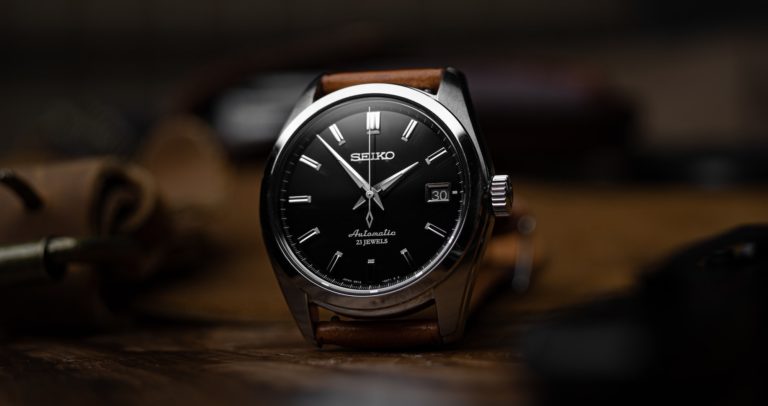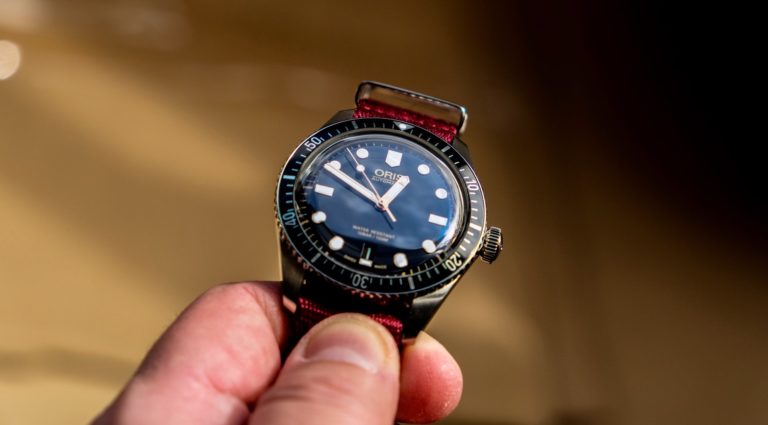Affiliate Disclosure: As an Amazon Associate I earn from qualifying purchases. Details
Flashy small dials on the face of a watch look good, no denying of that. A person hoping to receive compliments for his ticker most probably goes for a chronograph function timepiece. It’s not unusual for the owner to be ignorant of the function itself, because a watch is, after all, an everyday accessory. In fact, one of the few accessories men can proudly wear.
But do chronographs offer any practical use, besides being extravagant and eye-catching? And if they do, then how to properly exploit a chronograph watch?
Before proceeding to the analysis, we need to find out what exactly is a chronograph wristwatch and what it looks like.
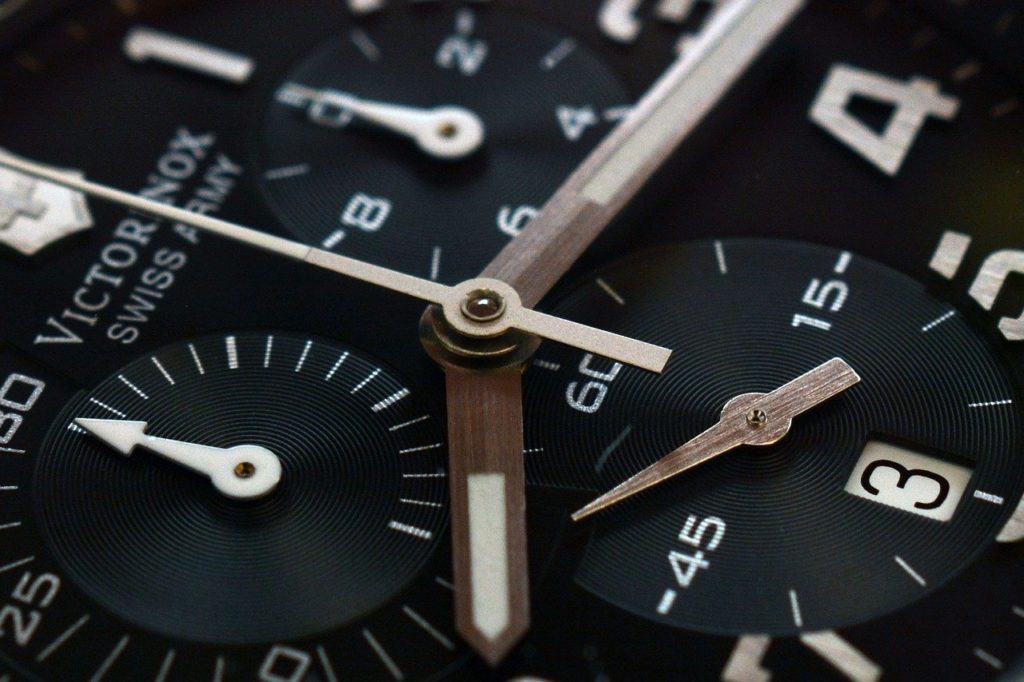
Chronograph Watch Explained
In simple, a chronograph watch is a stopwatch function built into the movement. The mechanism measures elapsed time and can be used in all sorts of professional and daily activities.
Although the emergence of cell phones with a stopwatch function has diminished the utility of a chronograph, it’s still a helpful feature for many wearers. Chronographs are purposeful in the aviation industry, racing, diving, and other walks of life.
Distinguishing a chronograph from other types of watches is rather easy because of the small round sub-dials. A typical chronograph timepiece has two or three miniature dials with a separate second, minute, and hour hand. Original second hand can be either on the primary dial or in one of the sub-dials.
The stopwatch functions through two pushers at two and four o’clock on either side of the crown. By pressing them, you can start, stop, and reset the measurement.
You’ll find a visual explanation from the following image, where the watch features a tachymeter and a stopwatch’s second hand on the primary dial.
Don’t mix chronographs with chronometers! Quite often people talk about chronometers when they actually mean chronographs. A chronometer is an accurate and certified mechanical watch, which can also feature a chronograph but is not the same thing.
The story behind the birth and emergence of chronographs is far from a dull necessity of a regular Joe’s wish to measure random time intervals. It consists of a king, a stargazer, and a brand of Breitling.
The Birth of Chronographs
First of all, we need to settle the question of what exactly “chronograph” means.
The word originates from the Greek “khronographos”, where khronos means “time” and grapho stands for “writing.”
The first known use of the term was in 1851 in France and is borrowed from French chronographe. Since chronograph is not independently a stopwatch but a stopwatch function in a wristwatch, these two terms are, in official terms, kept apart.
The first chronograph was invented by a French horologist Louis Moinet in 1816 for timing the passage of stars and planets. He was world-famous for his watchmaking skills and constructed clocks for the likes of Napoleon Bonaparte, Thomas Jefferson, and James Monroe.
In 1821, Nicolas Mathieu Rieussec developed the first commercialized chronograph. King of France, Louis XVIII wanted to time his favorite hobby of horse races correctly and assigned Rieussec to do the job. The outcome paved the way for the triumph of chronographs.
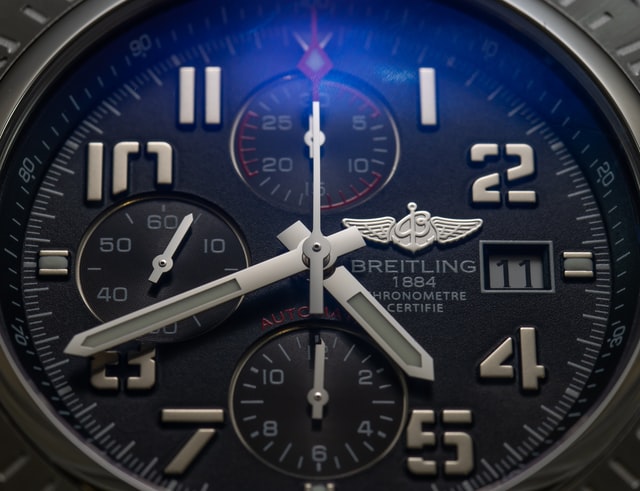
The first chronographs with extra hands and 3-pusher designs, as we know them today, were developed by the Breitling watch brand at the beginning of the 20th century. Breitling is thus the inventor of a nowadays chronograph wristwatch.
Chronographs in Different Movements
The manual winding mechanical movement was the onliest type for decades with a chronograph feature, although an automatic self-winding watch had been around for quite a while. The extra complication didn’t require much space and was possible to implement separately from the primary mechanism.
Since the invention of an automatic chronograph in 1969, the mechanical counterparts have significantly lost the popularity, and are now more of recognition of craftsmanship at a high price.
The problems with creating an automatic chronograph were the space requirement and powering capacity. The race for the first chronograph of such was tight, and the winner is still debatable.
But the competition for the invention of an automatic chronograph, often regarded as “the century’s greatest horological achievement,” created a standard that has been extensively used by the majority of recognized watch brands.
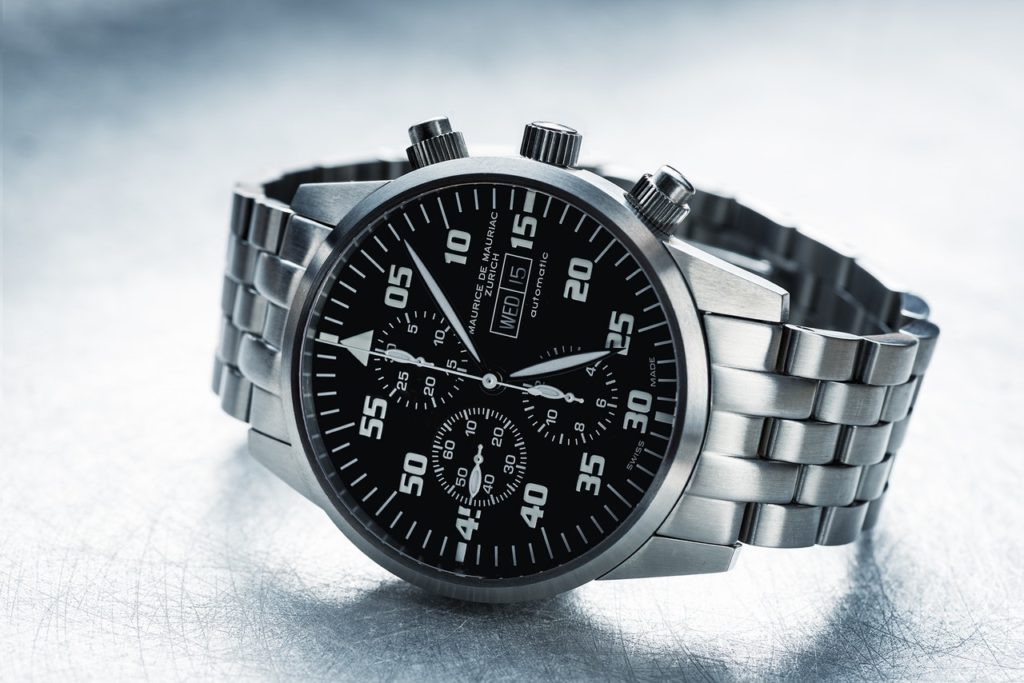
Since quartz is the most common movement, mainly for the price and convenience, you’ll find the most chronographs precisely with this movement.
Different watch movements have their pros and cons, but a chronograph feature works perfectly in all of them.
Leaving aside the cost and technology, the most significant discrepancy separating the movements is accuracy.
However, the small timing scope of chronographs won’t alter the precision in any way. We’re talking about mere seconds a day. So, it’s a matter of taste and convenience for every individual choosing a suitable movement.
What Can I Measure with a Chronograph?
The specter of usage is wide, for example:
✔️ count your heart rate – measure your heartbeat count in 30 seconds and multiply it by two to get an exact rate; forget getting an accurate result by counting seconds and heartbeats simultaneously – men are not multifunctional, unfortunately
✔️ use it in cooking – measure specific time-sensitive activities
✔️ measure a parking meter to avoid getting fined
✔️ if the watch also features a tachymeter, measure the speed of a car
✔️ pilots record an elapsed time along a chosen course
The list is ongoing and can involve anything that is to do with time recording.
Now, you might be thinking that why on Earth would anyone need a chronograph if there’s a smartphone with a dedicated app. In essence, true, but not from a practical point of view.
Imagine yourself fumbling in your pockets and searching for the right app when you can start your stopwatch in just a second – reaching to your hand and pressing a button. The convenience of use is much higher.
Some professionals, such as divers and pilots, use chronographs as backups if primary systems fail.
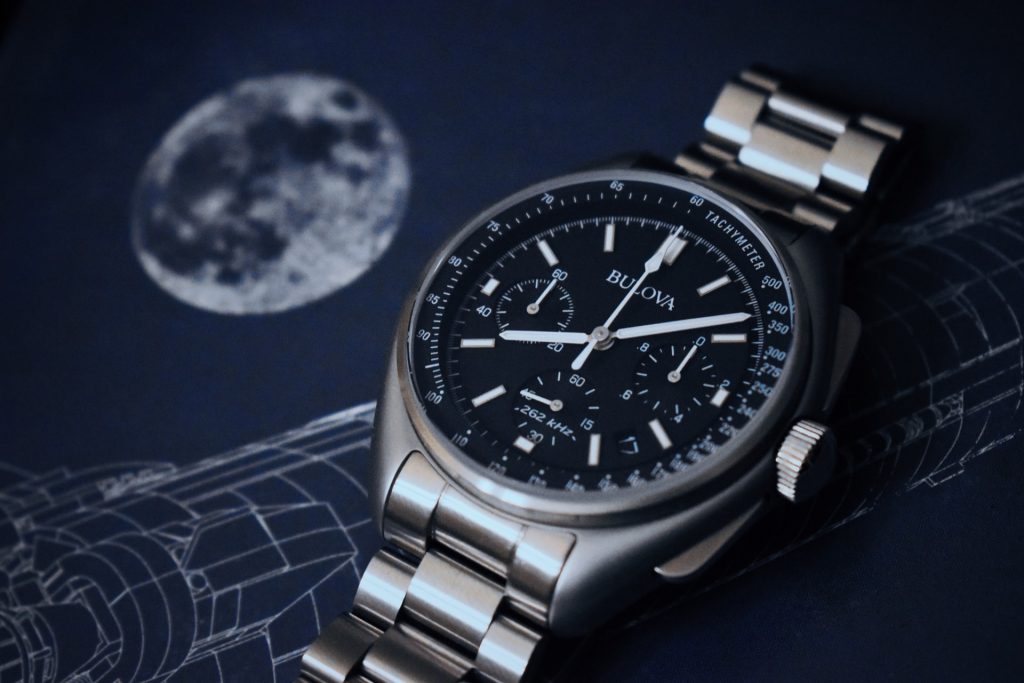
And, obviously, there are watch enthusiasts and hobbyists who simply enjoy clicking the pushers and glancing the process of movement rolling before their eyes.
Now that we know the variety of utilization options, it’s about a time to discover how to precisely measure some specific things.
How To Use a Chronograph Watch?
The most straightforward use of chronograph is to measure elapsed time.
To start the timing, press a pusher at two o’clock. If you need to stop it, press the same button. In order to reset the results, the button at four o’clock does that.
The outcomes are visible on the second, minute, and if applicable, on the hour sub-dial, depending on the length of the recorded period. The vast majority of chronographs work the way explained.
Rattrapante Chronographs
Some chronographs are called rattrapante, or split-second – it means that instead of a single second hand, they have two. Also, one of the hands can be stopped and started independently.
Rattrapantes are handy in measuring multiple time intervals that start at the same time but finish at different times. It’s useful for recording various events, such as laps in racing events. The complication has an extra pusher, usually at ten o’clock, while both second hands are on the main dial.
To use the function, activate a standard chronograph pusher at two o’clock. Both of the hands will move at the same pace.
Now, when pressing the rattrapante pusher, one of the hands stops, while the other keeps moving. At this time, you can record the result at the rattrapante second, and continue by pushing the button again, which catches up the running hand.
You would repeat the process until all the events are tracked and the overall time finished.
Tachymeter & Chronograph
A tachymeter bezel, in combination with a chronograph, helps to measure speed. If your watch possesses the facility, you can use it in conjunction with a chronograph’s second hand to measure speed.
The scale of a tachymeter typically starts at the 7-second mark at 500 units of speed.
For calculating the result, you need to use an equation of 3,600 (seconds in an hour) divided by the elapsed time in seconds. To get the result, you have to know the exact covered distance of one mile or one kilometer (use mile/kilometer posts).
Start the chronograph when you pass the first marker and stop it after the second marker. Let’s assume the second hand stayed at 55 (image below). On the bezel, it lines up with 65, meaning your speed was about 65 mph. To get the exact result, use the equation – 3,600 divided by 55 equals 65.5 mph.
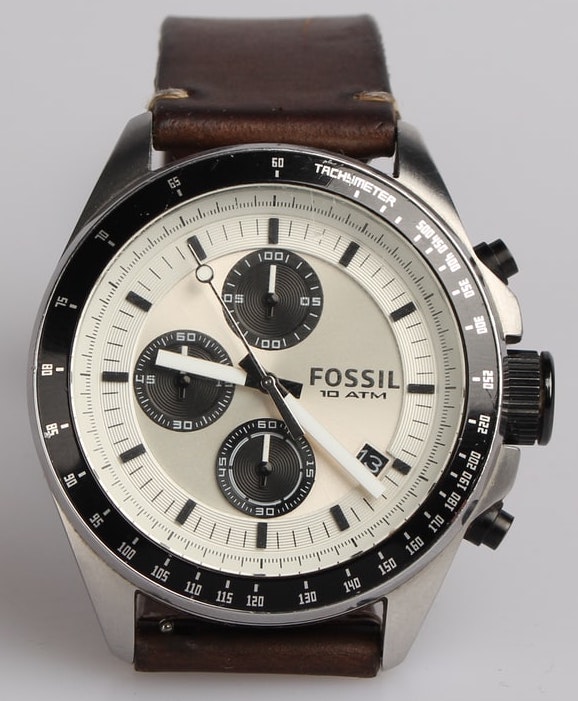
Since the maximum displayed time is limited to 60 seconds, you have to apply some maths to get the results for longer measurements.
How To Choose a Chronograph Watch?
Chronograph watches are versatile in having two separate timekeeping mechanisms in one watch – besides ordinary time reading, it’s possible to gauge different intermediate intervals.
Choosing the right chronograph can become an ordeal if certain limits and expectations are not set in place.
Apparently, for the majority of us, the most significant factor is the price, which means determining the price gap should come first. Quartz watches with a stopwatch function cost the least, while automatic chronographs are priced well above the $1,000 mark.
Then, evaluate whether you would use all the sub-dials at some point as some chronographs don’t have them all.
Check the display for easy readability because some brands have sacrificed legibility for fashion.
Evaluate the need for specialities, such as a tachymeter or a rattrapante.
Finally, and most importantly, choose the most appealing watch that ticks all the previous expectations and selections.
Final Take
It’s up to everyone to decide whether a chronograph function fulfils the expectations. Certainly, the opportunities to gauge elapsed time in different situations are limitless.
At first, it might be quite complicated to get into the swing with the habit of using it, because a smartphone seems a more comfortable alternative. But after some time of constant practising, the feature becomes a habit you can’t live with.
Those with no interest in the feature can enjoy the appealing aesthetics – besides being practical, as we found out, a chronograph watch is also one of the most flamboyant types of watches you’ll find.
You may also like:
Affiliate Disclosure: As an Amazon Associate I earn from qualifying purchases. Details
- CIGA Design Blue Planet Gilding Watch: The Best Conversation Starter Around? - April 2, 2023
- CIGA Design X-Series Review: The Most Skeleton for the Money? - July 7, 2022
- What Is A Dive Watch? A Complete Guide - May 17, 2022

